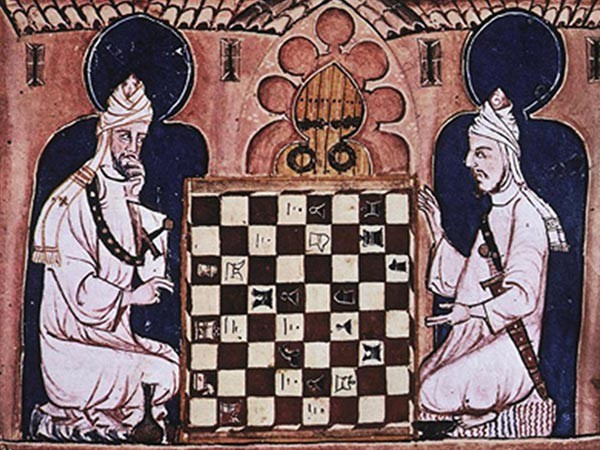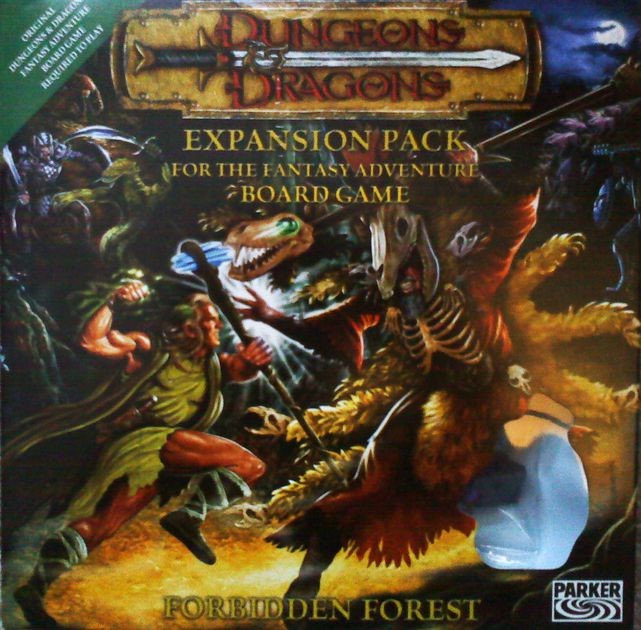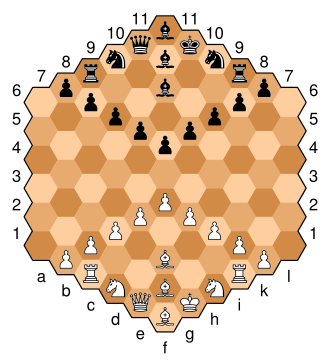The Shift of Ludology Impacting User Experience
Andreas J. Pratama
A game of chess’ mechanic (ludology) has been unchanging for many decades. First originated in the Indus in around 6th century CE the game was carried and spread around by the Moorish culture through conquests and eventually landed in Europe somewhere near the medieval era. In those days, some modification to the rules were, of course made, but the overall narrative remained the same. The game simulates the two opposing sides of kingdom composes of rulers, ministers, and soldiers playing their part in the tides of war. The narrative is easily understandable but the way in which each of the chess pieces move is determined by the game mechanic and not the story – thus this is what is called the ludological rules – one that dictates player (user) experience.

A board game of differing nature from the game of chess controls their mechanics through crafting of story and ludology, but this is never quite similar to the rooted tradition of chess. Today, boardgames such as dungeons and dragons, Warhammer 40k, etc continues to expand through the available and purchasable expansions. Some of which are not standalones. These expansions are made to provide lengthy addition to the original ludology further enhancing the experience of the players.

These expansions of course functions in numerous ways: the lengthening of the gameplay duration, encourages experimentations through the provided fields of option available to the player, and adding in supplementary story to the base game itself. However, there are times when the addition of expansions upsets the rules when ludology is not considered carefully. This renders the game unbalanced and thus creating what is called meta-option that favors certain sides or characters. So if the game of chess were to be expanded, there may be an option of addition of extra peons or numerous new chess pieces of differing nature to the originals. If the players are left to choose new pieces incorporable to the original sets, then there will be new combination possibilities in which the chess community deemed as ‘meta-formation’ where this specific combination will have higher chance of winning than the other ones. If this were to happen nearly everyone in competitive chess will be assuming the, ‘meta-formation’. Therefore, upsetting the entire original balance of the game of chess and the user experience. Below is another variant of chess board created by Władysław Gliński (1936) Where the chess pieces were arranged in a different way and provided options that were never before seen in the original chess formations we are familiar with today.

In the world where games are played to be won, the existence of a single ‘meta’ will ruin nearly everything, giving birth to new standard of competitive benchmark. So then, what should be done to avoid this new meta being created? The idea is to provide weakness to each of the new options so as to allow a particular formation to possess strength and weakness and are able to respond to each challenge as the player sees fit.


Comments :